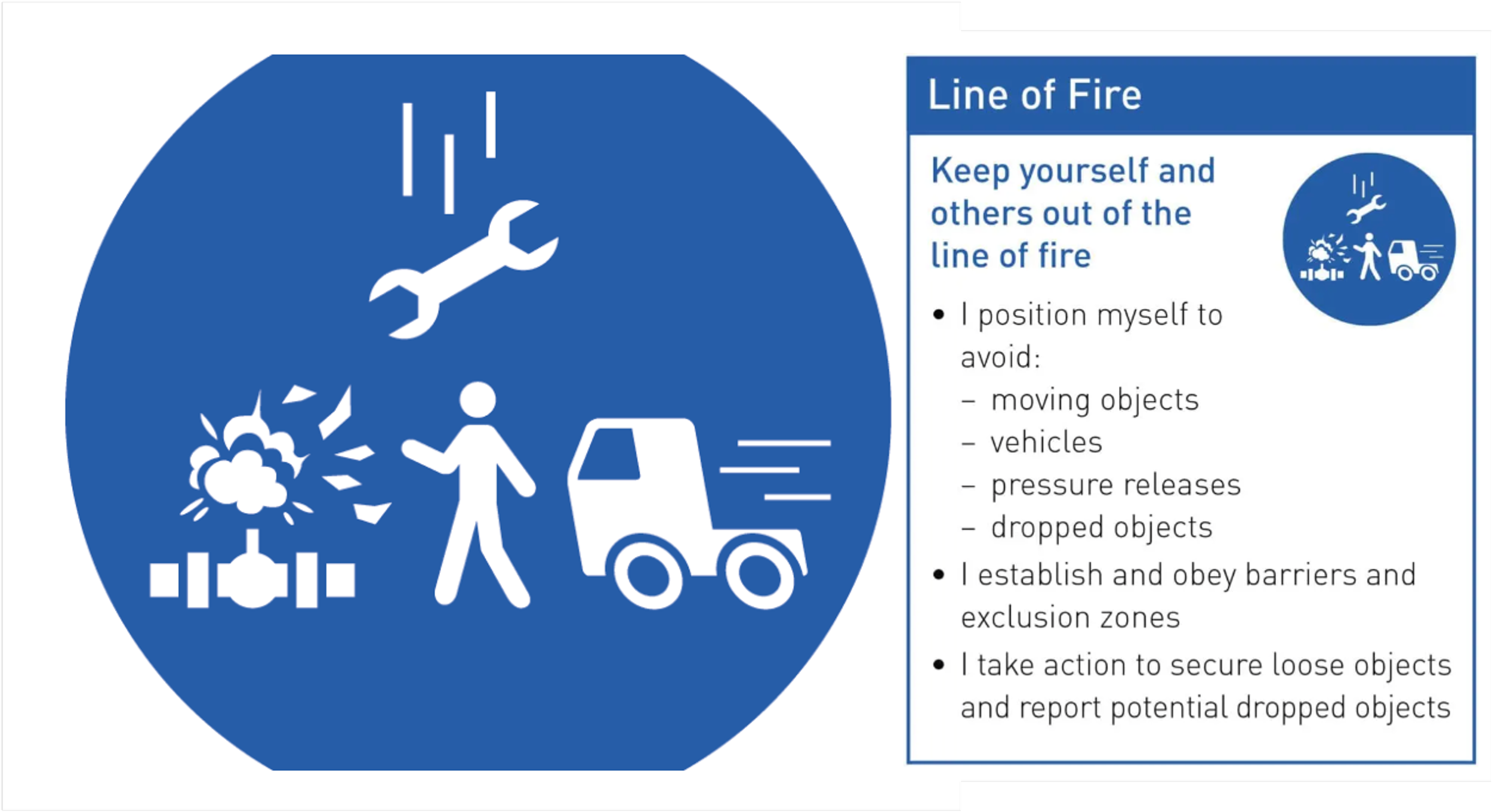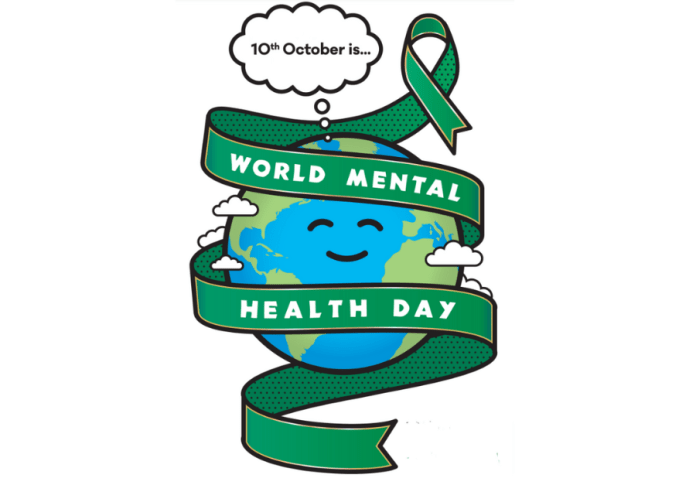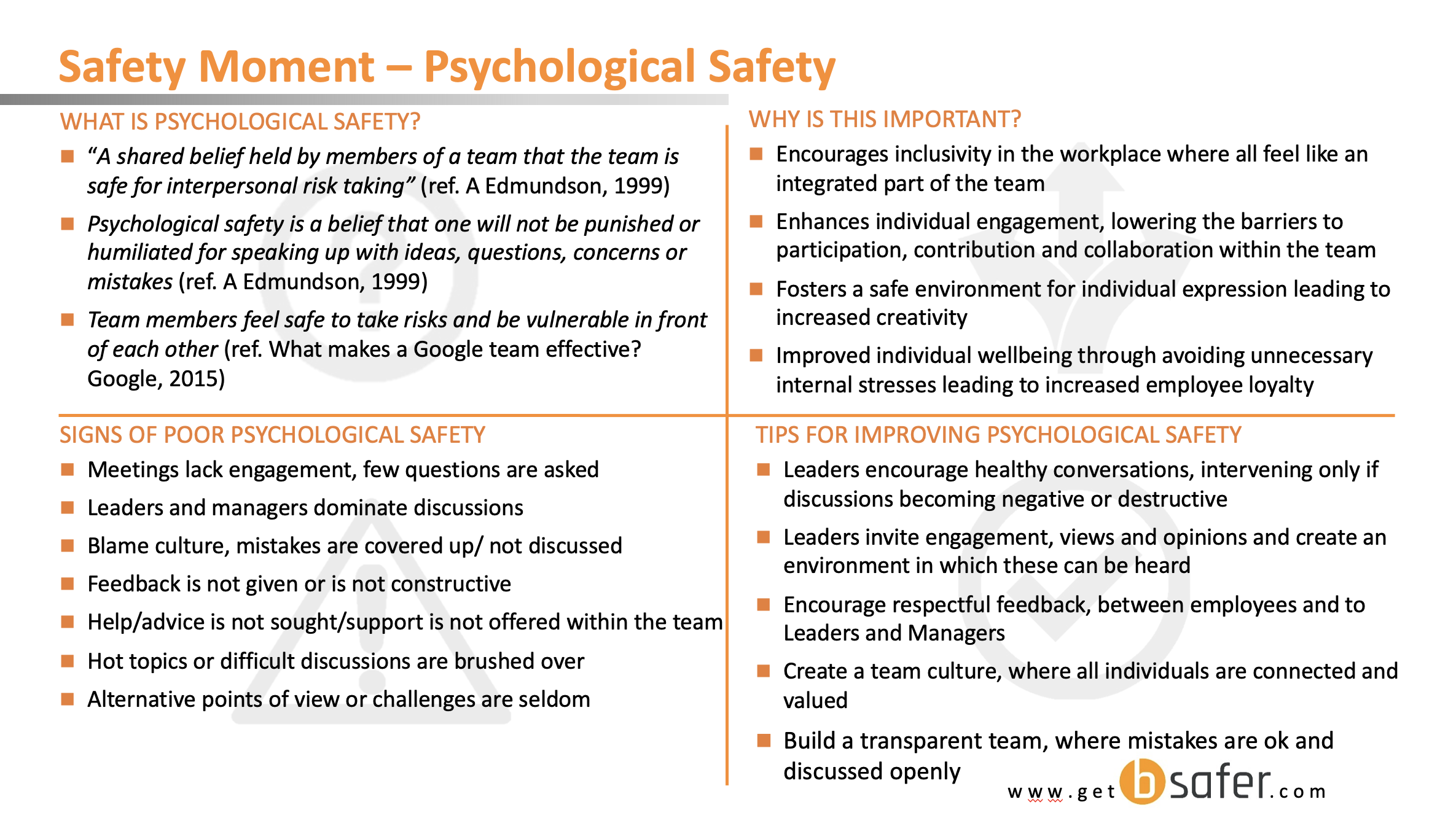Are you struggling to engage your personnel in reporting safety observations? Fear not… We heard a great tip this week from a strong safety leader at a major energy construction project here in Norway. Start with asking your team to report POSITIVE observations, i.e. instances of good practice, good housekeeping and so forth. Apparently this has proven to be very effective, with the initial influx of positive observations slowly giving way to a more balanced blend positive and negative observations. Of course using a digital platform like bSafer on your mobile phone also lowers barriers to reporting, but thats another story.. ;-)
Safety Reporting
Unsafe conditions, unsafe acts, near misses and accidents, what’s the difference? They say a picture speaks a thousand words, well the nice people at Nearmiss.dk have drawn some great illustrations clearly highlighting the difference between the various safety conditions. They are free to download, check them out at https://uk.nearmiss.dk/knowledge/what-is-what/.
Quality Reporting
It’s World Quality Week and many are already raising awareness of quality issues through activities and campaigns. For those that aren’t, perhaps it’s difficult to know where to start? Why not start with quality reporting? Not only does this provide useful data, but it acts to raise quality awareness during day to day activities. Non-conformances (NCRs) shall of course be reported, but other issues which can potentially affect the quality of products and services should also be logged. These could be wrong documentation or materials being used, inadequate customer follow up, lack of implementation of previous experience / lessons learnt and so forth. Reporting such issues in a digital platform such as bSafer allows trends to be analysed and measures implemented to actively and intelligently reduce such quality issues, saving cost and schedule.
Contact us at www.getbsafer.com to learn more.
World Quality Week 2022
World Quality Week 2022 from 7-11 November is rapidly approaching and the focus this year is “Quality Conscience: Doing the Right Thing”. Corporate culture plays a large part in helping organisations and individuals to make the right ethical decisions, but this doesn’t necessarily mean just at the corporate level. Any individual involved can influence the quality outcome of a product or service delivery, where sometimes “doing the right thing” may not be the same as doing it according to the plan. An interesting topic I’m sure you’ll agree. Read more about the World Quality Week 2022 at https://www.quality.org/news/cqi-announces-theme-world-quality-week-2022
Its Friday!
It’s Friday! And to mark this fantastic occasion we have started work on a great new safety poster. Something giving important guidance and reminders about everyday safety, and something that any business can print and put on the wall. We think you’ll like it and as usual its completely free to download from our free resources page (https://getbsafer.com/tutorials). In the meantime, have a great weekend!
The bSafer Team
Line of Fire
Are you familiar with Line of Fire, one of IOGP’s Life Saving Rules (https://www.iogp.org/life-savingrules/)? Its intention is to protect you and others from line of fire hazards such as lifting, hoisting, dropped or rolling objects, pushing and pulling hazards, mobile equipment and projectiles. It can be applied not only in the workplace but also at home, such as changing a wheel on the car or trimming branches on a tree in the garden. Keep yourself and your team safe, visit the IOGP website for all 9 Life Saving Rules.
Today is World Mental Health Day
Today is World Mental Health Day and here at bSafer we will be participating in a session later this week to help raise our awareness of this issue. We encourage you and your team to set aside some time today or this week to do the same. There are tonnes of resources online about mental health in the workplace, but to give you as a leader an idea as to where to start, we put together some pointers:
Start the conversion - lower the barriers to open discussion by starting first, via a safety meeting or safety moment.
Survey the workforce - test the wellness temperature of your business through a short anonymous mental wellness questionnaire.
Actively work to reduce employee stress - review tasks to ensure manageable workloads, realistic timescales and expectations.
Critically monitor overtime and additional working hours - ensure employees have sufficient down time to maintain mental engagement. Consider welfare events, dinners or team building.
Monitor for signs of stress, burn out and depression - be aware of indicators and act.
Ensure there is understanding, care and support available at the workplace.
Again, this is only a flavour of what to expect, many more resources are available online or at the WHO website: https://www.who.int/campaigns/world-mental-health-day/2022
World Mental Health Day
Are you as a leader in your business domain ready for World Mental Health Day on 10 October? Every year since 2013 the World Health Organisation (WHO) has marked this day to help raise awareness of mental health issues and help mobilise support and understanding of mental health.
There are some great resources available at the WHO website https://www.who.int/campaigns/world-mental-health-day/2022. Also check out the United Nations resources at https://www.un.org/en/healthy-workforce/world-mental-health-day.
Here at bSafer, we have previously created free resources which support a positive mental health in the work place, such as our Safety Moment on Psychological Safety and Conscious Inclusion infographic. But if you would like to see a specific mental health day Safety Moment one-pager in our simple and easy bSafer style then please let us know by leaving a comment.
Communication is Key
Do you know the importance of communication within your business space? Do a quick online search and you´ll quickly realise how important effective communications are to engage your employees, prevent silo working, coordinate complex activities and build an open and psychologically safe company culture. Not to mention external communication with clients and other stakeholders. To help with this, we can look to digital quality management tools such as bSafer, which is built on a framework designed to help communicate quality information, reports, actions and risks in real-time to those team members who need it. Combined with the bSafer mobile app, the information is communicable and accessible from anywhere and at any time. Contact us for a free demo, or explore it yourself for free within a test domain. Learn more at www.getbsafer.com.
UK Construction Week
Is anyone else going to the UK Construction Week in 4-6 October? We will be travelling over to Birmingham, UK to find out more about how we at bSafer, and digitalisation in general can contribute to a sustainable and effective construction industry. We believe that digitalisation of quality, risk and safety management is no longer a nice to have, but an absolute necessity to achieve the required level of employee and customer experience. Typical examples are effective follow-up and close out of safety reports and observations, timely inspections and audits, efficient follow up and close out of resulting actions, active risk management to keep personnel and dynamic worksites safe and many more. Learn more about how bSafer does all of these things at https://getbsafer.com/.
The Illusion of Knowledge
While ramping back up following our summer holidays, we at bSafer came across an interesting article published by the BBC, https://www.bbc.com/worklife/article/20220812-the-illusion-of-knowledge-that-makes-people-overconfident. It describes a phenomenon known as the “illusion of knowledge” which is summed up nicely by the article leader text “while you may have plenty of skills and knowledge, it’s quite likely you know less than you think”. Interesting. But how does this relate to the QHSE management function? Well, take a risk assessment (safe job analysis), to identify the risks adequately it’s vital that the task is thoroughly understood from all perspectives, meaning that the assessment should be attended by sufficient personnel to ensure some overlap of knowledge and experience since the attendees, as individuals, probably know less than they themselves believe. Another possible example is a quality verification activity. Something to think about when planning (including attendees) your risk assessments, quality verifications, audits, inspections or other activities (in bSafer of course!).
This interesting article also talks about “the illusion of skill acquisition”, which is a whole other discussion, one that may become a critical factor if you suddenly find that you are required to land a plane…!
Summer Update
Summer is upon us but here at bSafer we are still working on a great new module which will bring more productivity into the bSafer suite of tools with a view to making your daily digital work even easier to manage. On top of that we have some great new feature concepts on the drawing board, but one thing at a time... In the meantime, have a nice summer. And of course if you are curious about digitalising your quality, HSE and risk processes please use our contact form or give us a call for a friendly chat, contact details are at www.getbsafer.com/contact-us.
Audits and Inspections delayed.. Again!
Are your inspections, audits or reviews continuously delayed or not done at all? Then go digital. Use the bSafer Activities Module to prepare all of your annual activities in advance from your office PC. Include the activity details such as scope of activity, personnel required, custom and/or template checkpoints along with the planned date. When the time comes, use your phone with the bSafer mobile app to perform the activity on the go, or delegate it to someone else who is available. And once you’re done, you’re done… The report is auto-generated and available immediately. Be agile. Check out the bSafer Quality, Safety and Risk suite of software at www.getbsafer.com or contact us for chat.
Inclusion Infographic
We’ve now uploaded our latest infographic, a free one-page summary of how to promote inclusivity within your Team. Find it on our resources page at https://getbsafer.com/tutorials/#infographics. It’s short and sweet yet gives some real world advice and practical examples of inclusive behaviours, which as we all know promotes a psychologically safe workplace which is optimum for Team performance - as shown by Google’s “What makes a Google team effective?” study.
Life Saving Rules Videos
Remember our blog about the IOGP Life Saving Rules that we posted last year? These are a great set of general rules which help guide businesses to a safer way of working. But it's not just us saying that. Most major Norwegian energy operators have adopted these within their activities. And a few of them have clubbed together to make some short videos illustrating the 9 Life Saving Rules, check them out at https://livreddenderegler.no/en/.
Update from the Team
Quick update on our conscious inclusion infographic... its just about ready! We aim to publish onto our free bSafer resources site (www.getbsafer.com) next week.
In other news, we've kicked off work on an entirely new module for bSafer, something thats going to streamline your work no end, particularly following up yours and others' actions. A bit secretive for the moment, but more details coming soon. In the meantime, have a great weekend.
The bSafer Team
Conscious Inclusion
Remember our Psychological Safety Moment from early this year? (Available free on our website https://getbsafer.com/tutorials). Then you'll remember that psychological safety was one of the five key factors in making a team effective, according to a study performed by Google. Another was the impact of our work, i.e. do we believe that the work we do matters? An essential component of both of these factors is inclusion. Conscious inclusion in the workplace is more important than ever, as workforces become more mobile and locations and teams more diverse. So to help you and your team be more consciously inclusive, and be a more effective team as a result, we're putting together a Conscious Inclusion infographic. In the meantime, remind yourself about psychological safety or any of the other topics of our Safety Moments, free to download as always.
Join the Digital Transition
Have you thought about digitalising your HSE, quality and risk management system? Try our system for free and with no commitment. bSafer is a web based system and accompanying mobile app, powerful enough to fulfil your business needs while made simple enough to engage your employees. We'll set it up for you and help you get started. An easy way to join the digital transition. Contact us for us a friendly chat www.getbsafer.com.
Safety Moment - Workload and Long Hours
Some time ago we spoke about working long hours, and how a recent study jointly conducted by the World Health Organisation and the International Labour Organisation has shown that this can have significant negative effects on health. A good summary of this is presented in an article by the BBC along with some examples of people who found themselves in a position where their working hours began to affect their health, see https://www.bbc.com/news/business-57139434.
To help you highlight this to your colleagues, we´ve put together a short Safety Moment giving a brief summary of the issue and including some things to look out for and a few helpful tips. As always, this is free to download in powerpoint format from our resources page at https://getbsafer.com/tutorials.
Digital QHSE & Risk Reporting... 13 Reasons Why...
QHSE and Risk digitalisation with bSafer? Here’s 13 reasons why:
Any colleague can report, anywhere - In the office or using the mobile app on your phone / tablet.
Reporting in real-time - Your colleagues have access to reports, inspections, risks etc as they happen.
Performance measurement - Up to date KPIs and performance statistics always available.
Focus areas - Analyse your performance and trends, make clear actionable improvements.
Standardised workflow - Everyone uses the same checklists and templates across the organisation.
Communicate your risks - Risks and risk assessments accessible anywhere and as they happen.
Manage your actions - All your actions from quality, reporting and risk activities in one place.
Single digital solution - No need for spreadsheets or word files scattered across your organisation.
Manage your Team - Clear overview of your departments / offices / sites activities and actions.
Transparency and Visibility - Show your customers that you effectively manage your QHSE and risk.
Plan your work - Plan audits, inspections and risk assessments in the office, execute them later on the mobile app at site.
Emergency Response Team (ERT) - Mobilise your ERT from the app; log, monitor and analyse your response in the Emergency Room.
Designed for your colleagues - Made by professionals, designed to be used by anyone.
We could go on… So why not try for free, use the contact form at https://getbsafer.com/contact-us.












